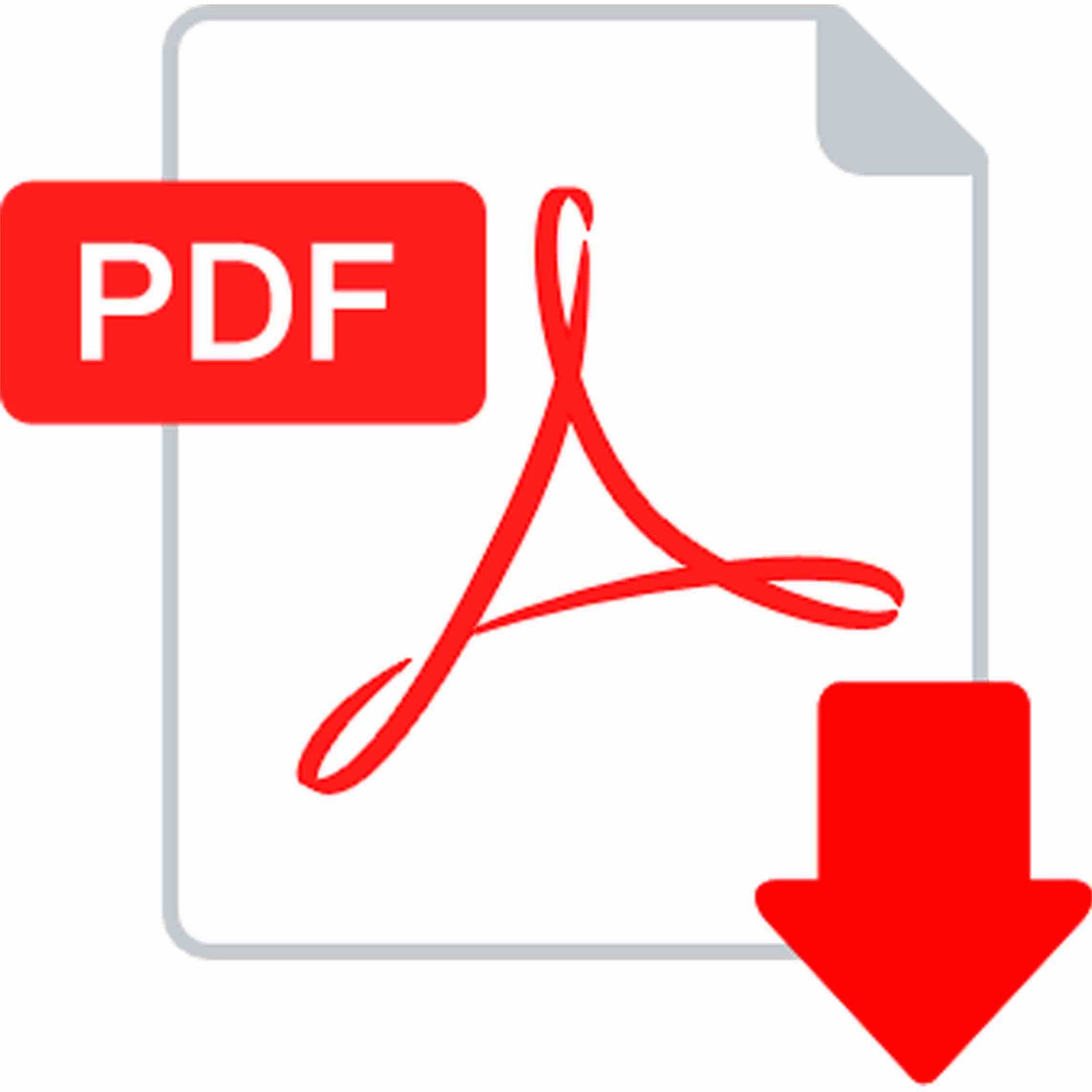| JEL Classification: F 35; M 40; M 41. | DOI: https://doi.org/10.31521/modecon.V49(2025)-14 |
Kolisnyk O. P., PhD in Economics, Associate Professor, Associate Professor of the Department of Accounting and Auditing, State Tax University, Irpin, Ukraine
ORCID ID: 0000-0003-1755-5638
e-mail: o.p.kolisnyk@dpu.edu.ua
Kupriianova A. O., first (bachelor’s) degree student, Faculty of Taxation, Accounting and Audit, State Tax University, Irpin, Ukraine
ORCID ID: 0009-0004-0264-0420
e-mail: nastakuprianova24@gmail.com
Accounting for Donor Funds and Funding from International Organizations
Abstract. Introduction. The modern role of accounting has significantly increased in wartime conditions, increasing the level of its responsibility to society and the world economic community. The processes of restoring the infrastructure damaged and destroyed by the war are already actively underway and are gradually gaining new scales. This leads to the emergence of new approaches and mechanisms of targeted financing aimed at ensuring restoration processes.
Purpose. The main goal is to focus on analyzing the regulatory framework, identifying the specifics of accounting transactions, and methods of reflecting donor funds in financial reporting.
Results. The legal framework governing the accounting of donor funds, in particular the provisions of national accounting standards and international accounting standards, is examined. The peculiarities of the application of IAS 15 “Revenue” and IFRS 20 “Accounting for Government Grants and Disclosure of Government Assistance”, which determine the approaches to the recognition of targeted funding in the financial statements, are considered. Methods of recognizing income from grants have been established depending on the terms of the agreement, the stage of project implementation and the achievement of expected results. The procedure for distinguishing between administrative and targeted costs is defined, which helps to ensure transparency and compliance with donor requirements. Accounting peculiarities are considered, in particular the creation of separate sub-accounts to reflect targeted funding and analytical accounting for projects. Methods of documenting transactions related to grants, subsidies and charitable assistance are presented. Effective organization of accounting for donor funds builds trust in the organization among international partners and contributes to improving its reputation. The impact of exchange rate differences resulting from the receipt of funds in foreign currencies on an organization’s financial results is examined. Accurately reflecting exchange rate differences is a key condition for ensuring compliance of financial statements with international standards. The role of analytical project accounting as an effective tool for controlling the use of financial resources is examined. The division of expenses into administrative and targeted categories allows for compliance with the terms of contracts with donors. It is noted that the use of modern information technologies optimizes accounting processes, increases their accuracy and transparency.
Conclusions. The main problems related to the organization of accounting for donor funds are identified and effective ways of solving them are proposed. Recommendations for improving accounting processes to ensure transparency, reliability of financial statements, and compliance with international standards are considered.
Keywords: international assistance; accounting for funds; grants and soft loans, project; targeted financing; exchange rate differences; integration of national standards.
References:
- Kyivska shkola ekonomiky. (2024). Zvit pro priami zbytky infrastruktury vid ruinuvan vnaslidok viiskovoi ahresii rosii proty Ukrainy stanom na pochatok 2024 roku. 38 s. https://kse.ua/wp-content/uploads/2024/04/01.01.24_Damages_Report.pdf.
- Zhydieieva, L. I., Kolisnyk, O. P. & Saliamon-Mikhieieva, K. D. (2019). Audyt. STU. https://dpu.edu.ua/kafedra-pravookhoronnoi-diialnosti?view=article&id=1788:audyt-navchalnyi-posibnyk&catid=2.
- Verkhovna Rada Ukrainy. (1999). Instruktsiia pro zastosuvannia Planu rakhunkiv bukhhalterskoho obliku aktyviv, kapitalu, zoboviazan i hospodarskykh operatsii pidpryiemstv i orhanizatsii № 291. https://zakon.rada.gov.ua/laws/show/z0893-99#Text.
- Kraievskyi, V. M., Kolisnyk, O. P., Hurina, N. V., Kostenko, O. M. & Novikova, O. P. (2021). Bukhhalterskyi oblik. STU. https://shron1.chtyvo.org.ua/Kraievskyi_Volodymyr/Bukhhalterskyi_oblik.pdf?PHPSESSID=qbq20pblsun1qd5l81n4qjnv76.
- International standard. (2012). Mizhnarodnyi standart bukhhalterskoho obliku 20 (MSBO 20). Oblik derzhavnykh hrantiv i rozkryttia informatsii pro derzhavnu dopomohu. https://zakon.rada.gov.ua/laws/show/929_041#Text.
- Osipchuk, D. S. (2023). Osoblyvosti ta problemy natsionalnoi ta mizhnarodnoi praktyky vidobrazhennia operatsii z derzhavnymy hrantamy v obliku pidpryiemstva. Ekonomika. Finansy. Pravo, 9. 104–111. https://doi.org/10.37634/efp.2023.9.23
- Osipchuk, D. S. (2022). Podatkovyi oblik derzhavnykh hrantiv. Ekonomika. Finansy. Pravo, 11(2). 23–27. https://doi.org/10.37634/efp.2022.11(2).5
- Verkhovna Rada of Ukraine. (1999). Pro bukhhalterskyi oblik ta finansovu zvitnist v Ukraini. № 996-XIV. https://zakon.rada.gov.ua/laws/show/996-14#Text.
- Ministry of Finance. (1999). Pro zatverdzhennia Natsionalnoho polozhennia (standartu) bukhhalterskoho obliku. № 290. https://zakon.rada.gov.ua/laws/show/z0860-99#Text.
- Sadovska, I., & Nahirska, K. (2023). Osoblyvosti obliku i opodatkuvannia tsilovoho finansuvannia v chastyni hrantovykh koshtiv. Ekonomika ta suspilstvo, (58).https://doi.org/10.32782/2524-0072/2023-58-74.
- Chyzhevska, L. V., & Osipchuk, D. S. (2020). Normatyvne rehuliuvannia obliku derzhavnoi dopomohy: mizhnarodnyi (MSFZ) ta natsionalnyi pidkhody. Problemy teorii ta metodolohii bukhhalterskoho obliku, kontroliu i analizu, 2(46), 61–69. https://doi.org/10.26642/pbo-2020-2(46)-61-69.
Received: 24 February 2025
|
How to quote this article? |
| Kolisnyk O., Kupriianova A. (2025). Accounting for Donor Funds and Funding from International Organizations. Modern Economics, 49(2025), 104-110. DOI: https://doi.org/10.31521/modecon.V49(2025)-14. |











 Українська
Українська